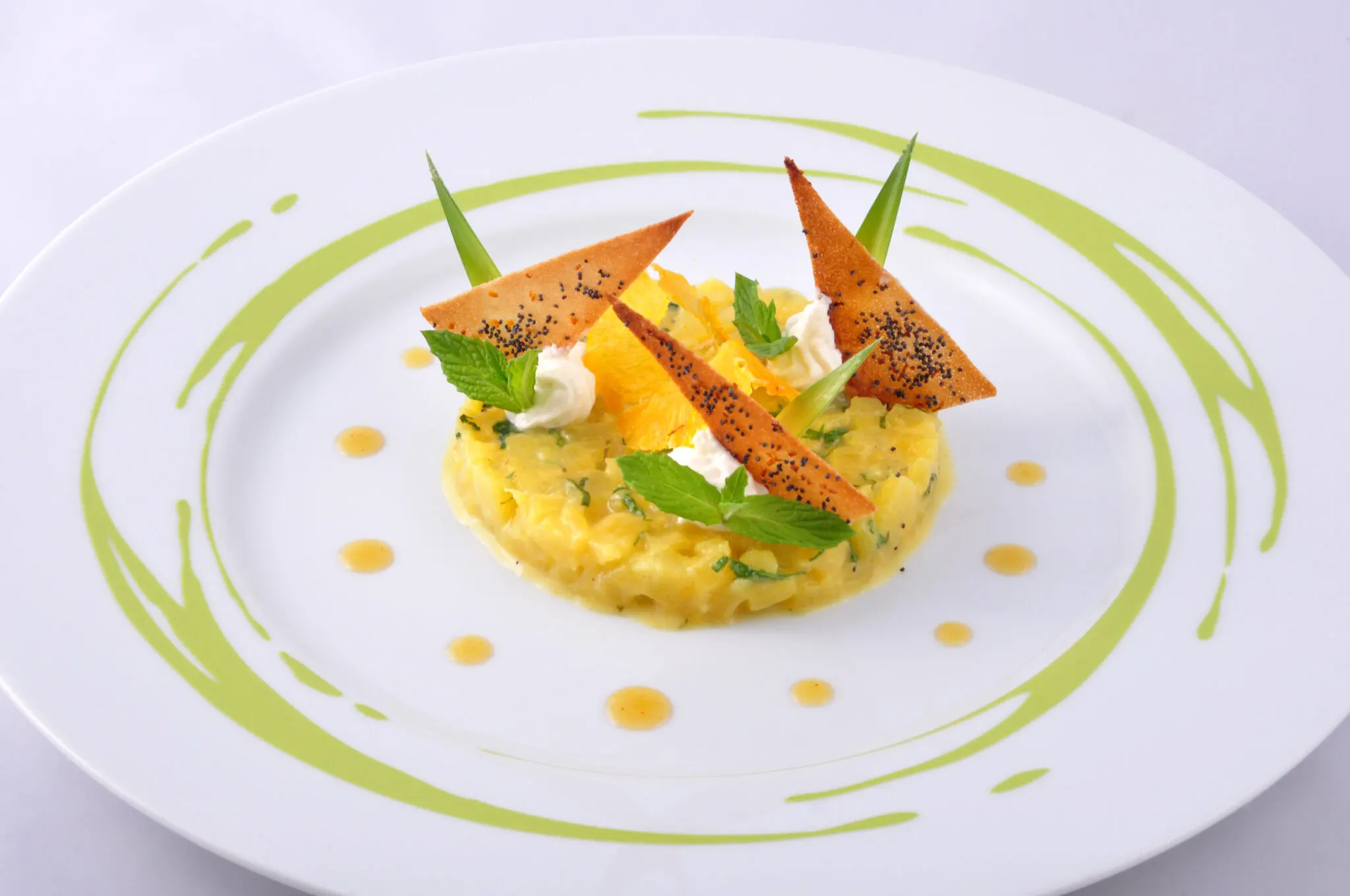When it comes to dining, presentation is key. The way food is arranged and displayed can significantly enhance the overall dining experience, making it not only a feast for the palate but also a treat for the eyes. One of the most fundamental elements of food presentation is understanding that the top of the plate where food is placed is called the “plating surface.” This seemingly simple term encompasses a world of creativity and artistry in the culinary realm.
The Role of the Plating Surface
The plating surface is where the magic happens. It is the area that chefs meticulously design and curate to create an aesthetically pleasing arrangement of food. The importance of this surface cannot be overstated; it serves as the foundation upon which the entire dining experience is built. Whether in a high-end restaurant or a home-cooked meal, the way food is presented can influence how diners perceive flavors and textures.
Visual Appeal
Human beings are inherently visual creatures. Our brains often form opinions based on what we see before we even take a bite. When food is artfully arranged on the plating surface, it can evoke feelings of anticipation and excitement. Colors, shapes, and textures all play a critical role in this visual appeal. For instance, vibrant greens, deep reds, and bright yellows can create a striking contrast against a white plate, making the dish pop.
A well-plated dish also allows for the exploration of different textures. By combining smooth sauces with crunchy garnishes, a chef can create a multi-dimensional experience that engages all the senses. This not only makes the meal more enjoyable but also invites diners to appreciate the skill and creativity involved in its preparation.
Culinary Storytelling
The plating surface is not just a blank canvas; it is a storytelling tool. Each dish tells a story about its origin, ingredients, and the chef’s vision. For example, a plate of fresh seafood might be adorned with seaweed, evoking a sense of the ocean. A dessert could be surrounded by a drizzle of chocolate sauce, creating a sense of indulgence.
Chefs often use the plating surface to convey seasonal themes or cultural significance. A dish featuring fall vegetables might be plated with earthy tones and natural elements, while a summer salad could burst with bright, vibrant colors. This narrative aspect of food presentation invites diners to connect with their meal on a deeper level, making the dining experience more memorable.
Techniques for Effective Plating
To master the art of utilizing the plating surface effectively, several techniques can be employed.
1. Balance and Composition
Achieving balance on the plating surface is crucial. This involves not only the distribution of food but also the use of negative space. Leaving some areas of the plate empty can draw attention to the food and create a more refined look. Consider the rule of thirds, which is often used in photography. This principle can also apply to plating, where the plate is divided into sections to guide the eye and create harmony.
2. Height and Dimension
Adding height to dishes can create visual interest. This can be achieved through stacking components or using small molds. For example, a tower of grilled vegetables or a layered dessert can elevate the presentation and intrigue diners.
3. Garnishing
Garnishes should enhance a dish, not overwhelm it. A carefully chosen herb or edible flower can add a pop of color and a hint of flavor, drawing attention to the main components on the plating surface.
4. Sauces and Drizzles
The use of sauces can transform a plate. A well-placed drizzle or smear of sauce can create a focal point and guide the viewer’s eye through the dish. It can also add moisture and additional flavor, enriching the dining experience.
Cultural Variations in Plating
Different cultures have unique approaches to food presentation, reflecting their culinary traditions and aesthetics. For example, Japanese cuisine often emphasizes simplicity and elegance, with an emphasis on natural beauty. The minimalist approach showcases the quality of ingredients, making the plating surface a reflection of the dish’s integrity.
Conversely, Mediterranean cuisines may feature vibrant colors and bold arrangements that celebrate the abundance of ingredients. Each culture’s approach to the plating surface reveals not only culinary preferences but also philosophical beliefs about food and dining.
Conclusion
In summary, the top of the plate where food is placed is called is a crucial element of the dining experience. It serves as the foundation for culinary artistry, influencing the visual appeal and emotional connection diners have with their meals. By understanding the significance of this surface and employing effective plating techniques, chefs can elevate their dishes and create unforgettable dining experiences. Whether at a fine dining establishment or in the comfort of home, the way we present food matters—and the plating surface is where it all begins.



